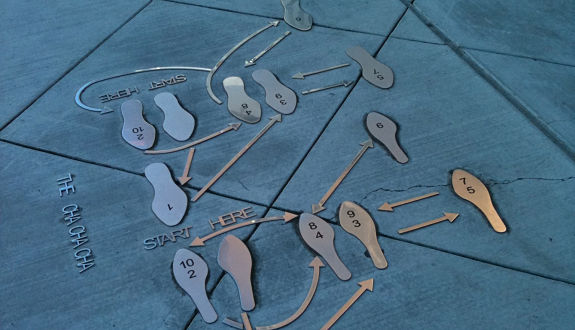How to Reading Comp
- by
- Jan 09, 2016
- Advice on Reading Comprehension, LSAT
- Reviewed by: Matt Riley


Many a jaded LSAT student has rolled his/her eyes and said, “I don’t need to study for the Reading Comprehension section – I already know how to read!”
The fact that you are reading this blog post means you are probably correct about the second part of that statement. But the first part – no way. Sure, you’ve probably been reading more or less since the days when “The Very Hungry Caterpillar” was the pinnacle of entertainment options, but the skills required to do well on the Reading Comprehension section are a very different beast. Here are my top tips for improving your Reading Comprehension score.
#1: Read for structure
It’s easy to get bogged down in the details on the Reading Comprehension section, especially on some of the denser passages. Here’s the thing: You’re never going to be able to remember every little thing you read in the passage, and you’re not expected to do so. Focusing on the passage’s structure rather than its content gives you a better overall understanding of the passage, and you’ll still be able to refer back to the details as necessary because you’ll have a general sense of where things are in the passage.
To force yourself to read actively and think about how the passage is structured, take a second after reading each paragraph to think about what that paragraph is doing. Your summary should be as brief as possible – perhaps the paragraph is introducing a new viewpoint, or providing an example in support of the main point, or providing background information.
By the time you’re done reading the passage, you should be able to identify what each paragraph is doing and how the paragraphs are related. For instance, here is what my summary of a (hypothetical, but fairly typical) passage might sound like: The first paragraph provides background information. The second paragraph presents the scientists’ viewpoint. The third paragraph outlines criticism of the scientists’ viewpoint. The final paragraph provides the author’s main point.
Give it a try – you might be surprised by how much more sense each passage makes when you break it down in this way.
#2: Take notes, but not too many
Annotating passages is an art, and it takes a while to get the hang of it. Many students are reluctant to take notes, or they write down far too much, or they just underline things that seem important without thinking about why they sound important. (There are two big problems with just underlining parts of the passage willy-nilly: Firstly, because you’re not forcing yourself to think about why that part of the passage seems important, it’s not actually improving your understanding of the passage. Secondly, it doesn’t help refresh your memory when you glance back at the passage – you end up with a bunch of random underlined phrases and sentences, rather than notes that help you remember where in the passage things occur.)
Note-taking has a sweet spot: Your notes should help you quickly find relevant sections of the passage, but you shouldn’t just end up re-writing the whole thing. Here are the things I suggest writing down:
1) Structural notes – After you think about the function of each paragraph (see tip #1), jot down a few words – “background info” or “scientists’ viewpoint.” If you see an example, throw an “ex.” next to it. If the author describes criticism of another viewpoint, write “critics.” This type of note helps you stay focused on the structure of the passage rather than the content, and it helps you easily refer back to the passage as necessary.
2) Author attitude – If you see a word that indicates how the author feels about something, underline that word and write “AA” next to it for “author attitude.” Whenever the author expresses an opinion, you’ll almost definitely get at least one question about it, so it’s important to make note of the author’s attitude wherever it appears.
3) Underline the main conclusion, if it’s explicitly stated – Not all passages neatly summarize the main point for you – sometimes you’ll have to fill in that blank yourself – but if the author gives you her main conclusion, you best make note of it.
The Blueprint LSAT Prep course provides tips on some additional things that are worth making note of in a passage, but at a minimum, you should be jotting down the above.
Implementing these two tips might slow you down at first, but don’t be discouraged – as you practice more and get more proficient, I can promise you that you will understand passages better, get through them more quickly, and get more questions right.
Search the Blog

Free LSAT Practice Account
Sign up for a free Blueprint LSAT account and get access to a free trial of the Self-Paced Course and a free practice LSAT with a detailed score report, mind-blowing analytics, and explanatory videos.
Learn More
Popular Posts
-
logic games Game Over: LSAC Says Farewell to Logic Games
-
General LSAT Advice How to Get a 180 on the LSAT
-
Entertainment Revisiting Elle's LSAT Journey from Legally Blonde








